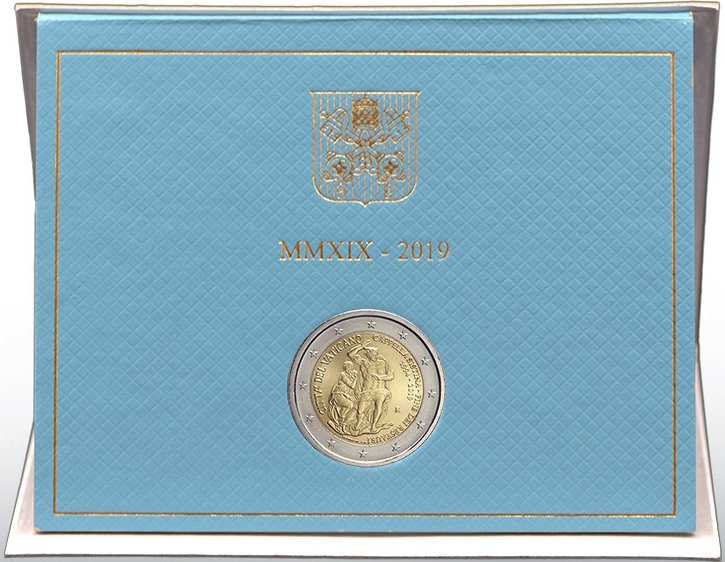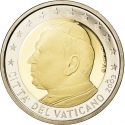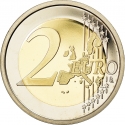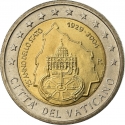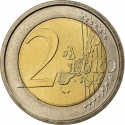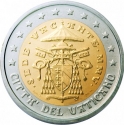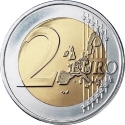You are about to finish your registration. Please check your mailbox (including spam folder). There should be a letter with a confirmation link. Check setting to make sure that your e-mail address is correct.
Send letter againDescription
The conservation-restoration of the frescoes of the Sistine Chapel was one of the most significant conservation-restorations of the 20th century.
The Sistine Chapel was built by Pope Sixtus IV within the Vatican immediately to the north of St. Peter's Basilica and completed in about 1481. Its walls were decorated by a number of Renaissance painters who were among the most highly regarded artists of late 15th century Italy, including Ghirlandaio, Perugino, and Botticelli. The Chapel was further enhanced under Pope Julius II by the painting of the ceiling by Michelangelo between 1508 and 1512 and by the painting of the Last Judgment, commissioned by Pope Clement VII and completed in 1541, again by Michelangelo. The tapestries on the lowest tier, today best known from the Raphael Cartoons (painted designs) of 1515–16, completed the ensemble.
Together the paintings make up the greatest pictorial scheme of the Renaissance. Individually, some of Michelangelo's paintings on the ceiling are among the most notable works of western art ever created. The frescoes of the Sistine Chapel and in particular the ceiling and accompanying lunettes by Michelangelo have been subject to a number of restorations, the most recent taking place between 1980 and 1994. This most recent restoration had a profound effect on art lovers and historians, as colours and details that had not been seen for centuries were revealed. It has been claimed that as a result "Every book on Michelangelo will have to be rewritten".
Obverse

|
Depicts a scene (Mary and Christ) from the 'The Last Judgment' by Michelangelo surrounded by the state name, inscription "Sistine Chapel • End of the restoration" and dates, as well as twelve stars of the European flag. Letter 'R', the Italian mint mark, on the bottom right. CITTÀ DEL VATICANO |
|---|---|
Reverse

|
A geographical map of Western Europe spans the outer ring and inner core on the right side of the coin. The inscription 2 EURO is superimposed over the map of Europe, with the numeral “2” located in an open field representing the eastern Atlantic Ocean. 2 EURO |
| Edge |
The sequence "2 ★" repeated six times alternately upright and inverted. 2 ★ 2 ★ 2 ★ 2 ★ 2 ★ 2 ★ |
2 Euro
25th Anniversary of the Restoration of the Sistine Chapel
KM# 518
25th Anniversary of the Restoration of the Sistine Chapel
Characteristics
| Type | Commemorative Issue (Non-circulating) |
| Material | Bi-Metallic |
| Ring | Nickel Brass |
| Center | Cupronickel |
| Weight | 8.5 g |
| Diameter | 25.75 mm |
| Thickness | 2.25 mm |
| Shape |
|
| Alignment | Medal |
| Mint |
Italian State Mint and Polygraphic Institute (IPZS)
|


